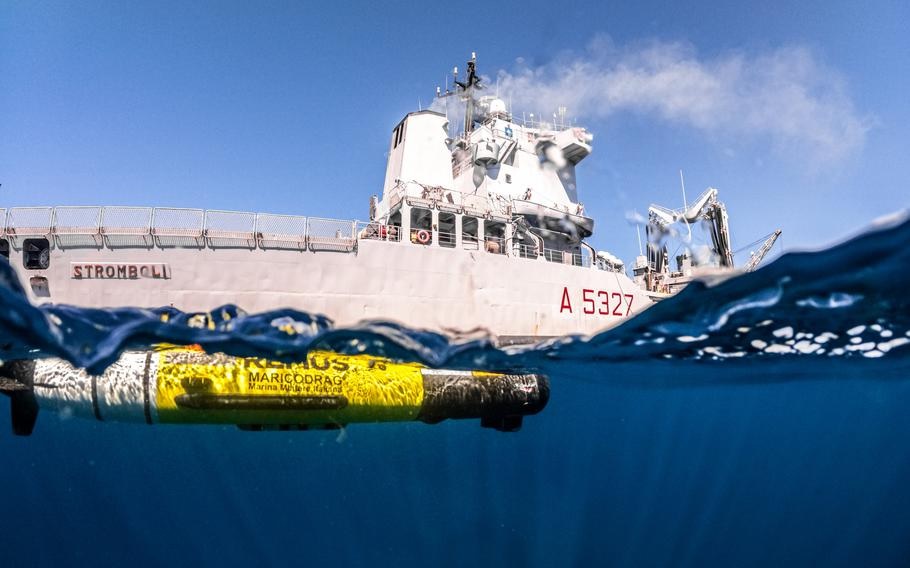Iran Successfully Launches Satellite to Highest Orbit Amid Regional Tension

Defense News ,Iran :- Iran announced on Saturday that it had achieved a successful satellite launch, reaching its highest orbit to date. The Soraya satellite was positioned about 750 kilometers (460 miles) above the Earth's surface using a three-stage rocket, according to the state-run IRNA news agency. However, the specific purpose of the satellite was not immediately disclosed.
This development comes against the backdrop of heightened tensions in the broader Middle East, with Israel engaged in an ongoing conflict with Hamas in the Gaza Strip. Additionally, recent tit-for-tat airstrikes between Iran and Pakistan have added to the regional unease.
The satellite launch is attributed to Iran's Revolutionary Guards' space program, operating alongside the country's civilian space program. Despite Iran's announcement, there has been no independent confirmation of the satellite successfully entering orbit.
The United States has previously criticized Iran's satellite launches, asserting that they violate a U.N. Security Council resolution. The U.S. has urged Tehran to refrain from activities involving ballistic missiles capable of carrying nuclear weapons. However, U.N. sanctions related to Iran's ballistic missile program expired in October of the previous year.
The U.S. intelligence community's 2023 worldwide threat assessment expressed concerns, stating that the development of satellite launch vehicles could expedite Iran's ability to develop intercontinental ballistic missiles, given the shared technology.
Intercontinental ballistic missiles have the potential to deliver nuclear weapons. Iran's nuclear program has raised international concerns, particularly as it has enriched uranium to levels closer than ever to weapons-grade following the breakdown of its nuclear deal with world powers. The International Atomic Energy Agency (IAEA) has repeatedly warned that Iran possesses enough enriched uranium for "several" nuclear weapons if it chooses to produce them.
Iran has consistently denied pursuing nuclear weapons, asserting that both its space and nuclear programs are strictly for civilian purposes. However, U.S. intelligence agencies and the IAEA have indicated that Iran had an organized military nuclear program until 2003. The involvement of the Revolutionary Guard in satellite launches, coupled with the capability to launch rockets from mobile platforms, raises apprehensions in the West.
While Iran has achieved previous satellite launches over the past decade, including sending a monkey into space in 2013, its space program has faced challenges. The Simorgh program, responsible for carrying satellites, has experienced five consecutive failed launches. Incidents such as a fire at the Imam Khomeini Spaceport in 2019, resulting in casualties, and a rocket explosion later that year, have added to the program's setbacks.
In December, Iran achieved a milestone by sending a capsule into orbit capable of carrying animals, signaling preparations for future human missions in the years to come.



